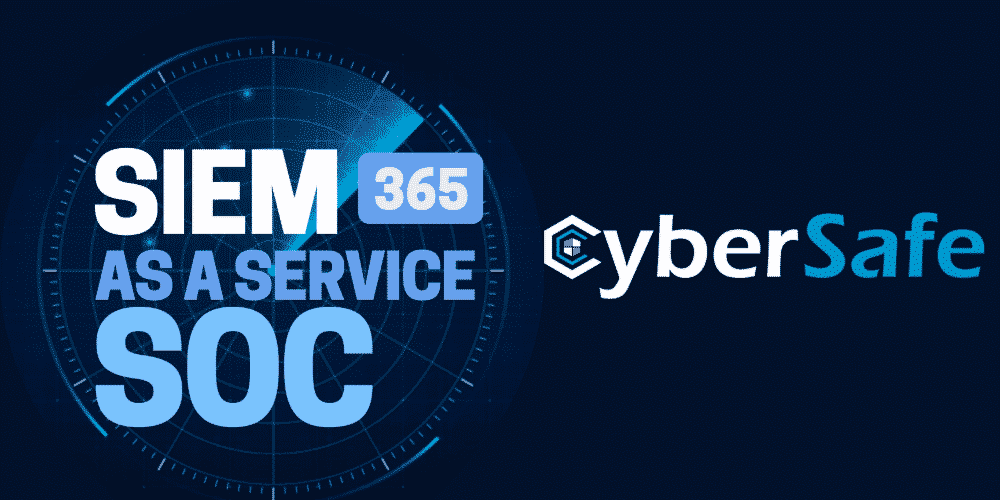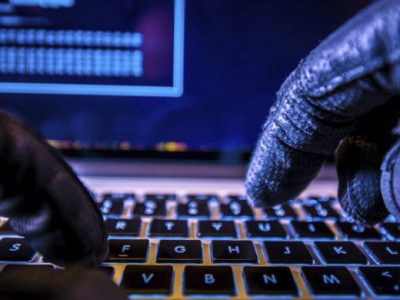A Continuous Approach to Protecting Your Business
In today’s hyper-connected world, cyber threats can emerge at any time, day or night. As businesses increasingly rely on digital systems, the importance of 24/7 cybersecurity becomes critical. Continuous monitoring and rapid response are essential in a landscape where cybercriminals operate around the clock, often targeting vulnerabilities when organizations least expect it. A 24/7 cybersecurity approach ensures that businesses can detect, respond to, and recover from security incidents as they happen, reducing potential damage and downtime.

The Importance of 24/7 Cybersecurity
Cyberattacks are not limited to business hours, and many attacks occur during off-hours when a company’s IT resources are less active. This reality makes 24/7 cybersecurity monitoring essential. Continuous cybersecurity provides proactive threat detection, where potential threats are identified and mitigated before they escalate. This approach is crucial for safeguarding sensitive data, protecting customer information, and maintaining business continuity.
For businesses, the financial impact of a cyber incident can be devastating, leading to lost revenue, data breaches, damaged reputation, and legal consequences. 24/7 cybersecurity minimizes these risks by enabling faster detection and response to threats.
Key Components of 24/7 Cybersecurity
Achieving comprehensive, around-the-clock security involves multiple components, each playing a vital role in protecting the organization. Some of the primary elements of a 24/7 cybersecurity framework include:
-
Security Operations Center (SOC) Services
At the heart of any effective 24/7 cybersecurity strategy is the Security Operations Center, or SOC. A SOC is a dedicated facility staffed with cybersecurity professionals who monitor, detect, analyze, and respond to security incidents in real-time. Through advanced tools and techniques, SOC teams provide continuous surveillance of an organization’s IT infrastructure, including networks, endpoints, and cloud environments.
SOC as a services include monitoring for unusual activity, responding to detected incidents, and conducting threat intelligence analysis to stay ahead of evolving threats. By having a SOC in place, businesses gain a centralized command center focused on cybersecurity, providing a first line of defense against attacks. A SOC operates 24/7, ensuring that no matter when an attack occurs, skilled experts are ready to respond.
-
CISO Services: Strategic Leadership for Continuous Security
While SOC services focus on real-time monitoring and response, CISO (Chief Information Security Officer) services provide the strategic oversight necessary to build a comprehensive security program. The CISO is responsible for creating and implementing cybersecurity policies, managing risk, and ensuring compliance with regulatory standards. By aligning cybersecurity initiatives with the organization’s goals, the CISO ensures that security practices are not only effective but also strategically aligned with business objectives.
In a 24/7 cybersecurity model, CISO services are critical for defining the security framework within which the SOC operates. The CISO can identify key areas of risk, prioritize security investments, and provide guidance on incident response procedures. For organizations that do not require a full-time CISO, services like CyberSafe’s CISO as a Service offer access to this expertise on a flexible, as-needed basis.
-
Real-Time Threat Detection and Response
One of the primary objectives of a 24/7 cybersecurity model is the ability to detect and respond to threats as they arise. Real-time monitoring solutions, managed through SOCs and overseen by CISOs, utilize sophisticated tools such as intrusion detection systems (IDS), Security Information and Event Management (SIEM) systems, and endpoint detection and response (EDR) software. These tools analyze network traffic, user behavior, and system logs to detect unusual patterns indicative of a potential attack.
When a threat is detected, SOC analysts respond immediately to contain and mitigate the impact. This real-time capability is essential for minimizing damage and ensuring the organization can continue operating without major disruptions. Continuous monitoring also enables the team to gather intelligence on attack methods, allowing for proactive defenses against similar threats in the future.
-
Threat Intelligence and Analysis
To stay ahead of cyber threats, 24/7 cybersecurity incorporates threat intelligence and analysis. This involves gathering and analyzing data on potential and emerging threats from various sources, such as security advisories, hacker forums, and global threat databases. By understanding the tactics, techniques, and procedures used by cybercriminals, SOC and CISO teams can predict possible attack scenarios and implement defenses accordingly.
Threat intelligence also supports the SOC’s efforts in detecting advanced persistent threats (APTs) and other sophisticated attacks that traditional security measures might miss. By leveraging this intelligence, the organization remains proactive and adaptive, continually strengthening its defenses.
-
Incident Response and Forensics
Even with continuous monitoring, cyber incidents can still occur. An effective 24/7 cybersecurity approach includes a structured incident response plan, overseen by the CISO and executed by the SOC. When an incident occurs, the team follows predefined steps to contain the threat, investigate its origin, and assess the damage.
Digital forensics plays an essential role in this process. By conducting a thorough analysis of affected systems, SOC teams can understand the attacker’s methods, identify compromised data, and develop strategies to prevent similar incidents in the future. Forensic evidence also supports legal and compliance requirements, ensuring the organization can respond appropriately to regulatory inquiries.
-
Continuous Security Improvement
Cybersecurity is not a static field. Threats evolve, and so must security practices. In a 24/7 cybersecurity framework, continuous improvement is achieved through regular assessments, audits, and feedback loops. The CISO collaborates with the SOC to evaluate the effectiveness of current security measures, identify areas for improvement, and implement new defenses.
Additionally, lessons learned from previous incidents are applied to strengthen the security posture. For example, if an incident reveals a vulnerability in the network, the CISO and SOC can work together to implement additional controls to prevent future exploitation.
The Role of CISO and SOC Services in 24/7 Cybersecurity
CISO and SOC services are complementary pillars of a comprehensive 24/7 cybersecurity strategy. The SOC provides operational capabilities, handling day-to-day monitoring, threat detection, and incident response, while the CISO offers strategic leadership. Together, they create a robust defense-in-depth approach, where tactical actions are informed by strategic insights.
For businesses that do not have the resources to maintain a full-time CISO or SOC, outsourcing these services provides a practical solution. Companies like CyberSafe offer flexible CISO as a Service and SOC services, ensuring organizations can achieve continuous cybersecurity without significant infrastructure investments. With this outsourced model, businesses gain access to top cybersecurity talent and cutting-edge technologies, allowing them to focus on their core operations with confidence in their security.
Strengthen Your Cybersecurity with CyberSafe’s 24/7 Protection
Cyber threats don’t operate on a schedule, and neither should your defenses. By investing in 24/7 cybersecurity, supported by dedicated CISO and SOC services, your business can be prepared for whatever cyber challenges arise. CyberSafe’s comprehensive cybersecurity solutions provide continuous monitoring, rapid response, and expert leadership, helping your organization stay secure around the clock. Contact CyberSafe today to explore how our advanced cyber services can protect your business from evolving threats.




